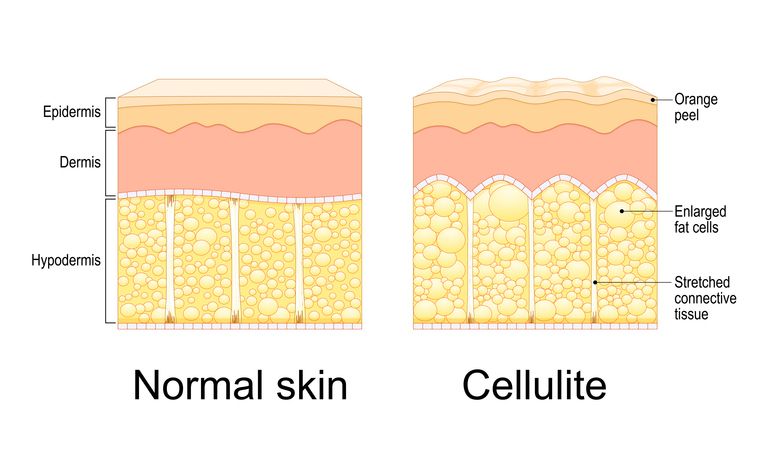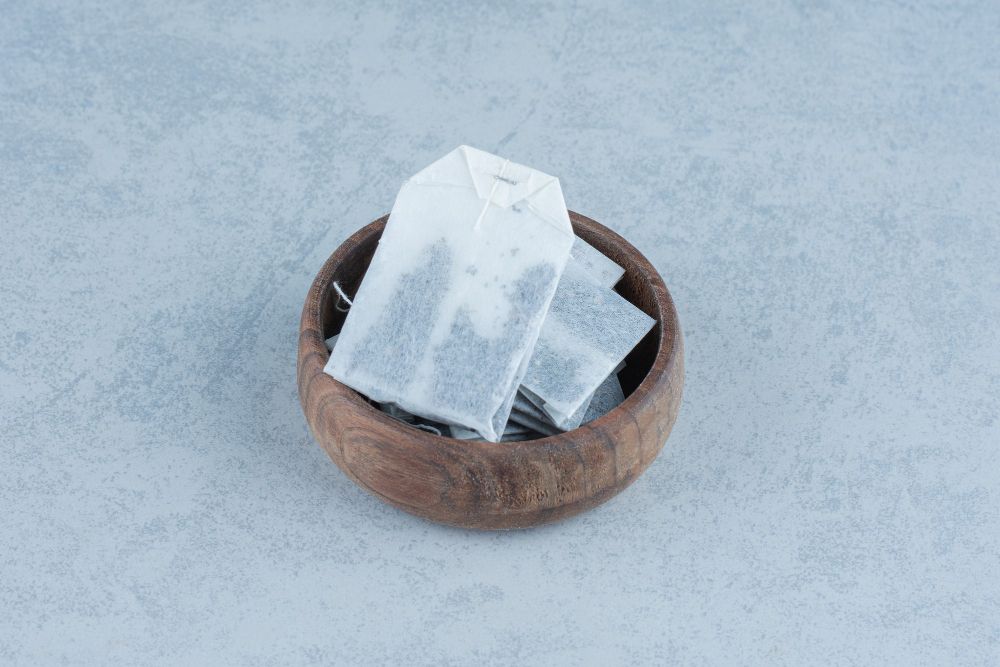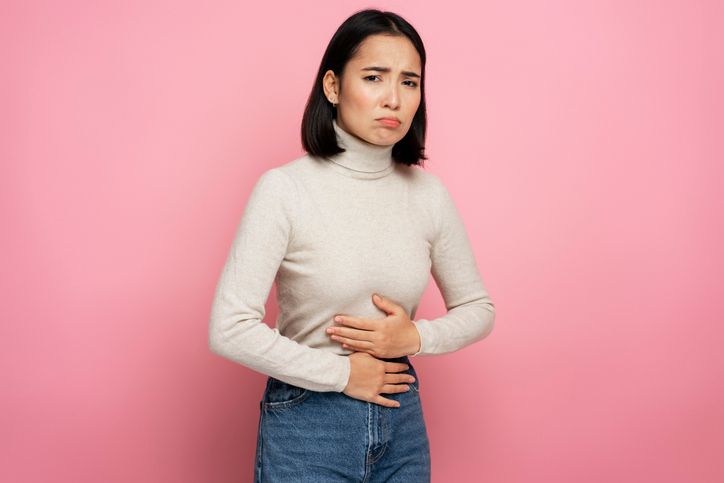
Book Now to Experience
Acne Treatment
1 Minute Self-Registration
Date should not be before minimal date
Author: Sophia Man|Updated: 23 July 2024
Facials can help lessen acne symptoms in favourable situations, but they can also worsen this skin disease. A facial is a cosmetic therapy that comprises several treatments to clean and enhance the appearance of the skin on the face. A facial can be obtained from a skincare expert or performed at home using DIY methods. This article will investigate if and how facials can assist with acne, the potential dangers of each treatment and details about New Beauty Australia’s Acne Treatment which uses advanced medical grade technology and hydrating serum that paves a way for smoother, brighter and toned skin.
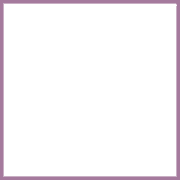
1
What Is Acne?
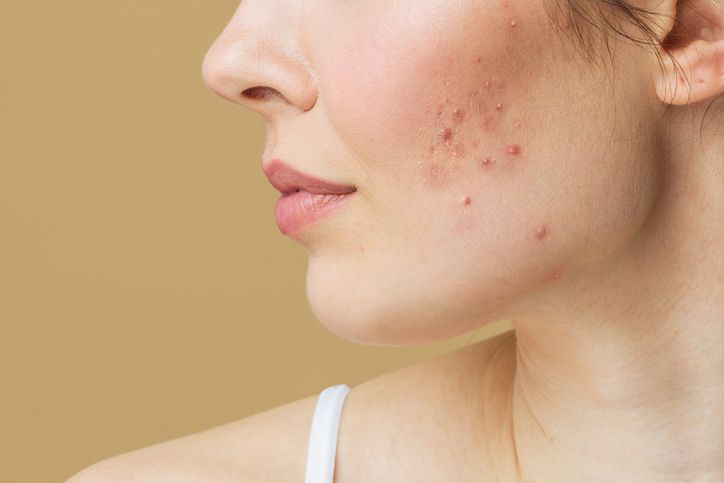
The formation of acne is an ordinary skin issue that occurs when your pores are clogged up with hair follicles, excess oil secretion, toxins, dirt and dead skin cells. These issues result in acne vulgaris, blackheads, whiteheads, nodules, and other forms of blemishes. It is the most common skin problem encountered by many people.
It is believed that 80 per cent of people between the ages of 11 and 30 will have at least an acute type of acne vulgaris, and most people will be impacted by it at some time in their life due to developing acne issues.

2
Do Facial Treatments Help Reduce Acne?
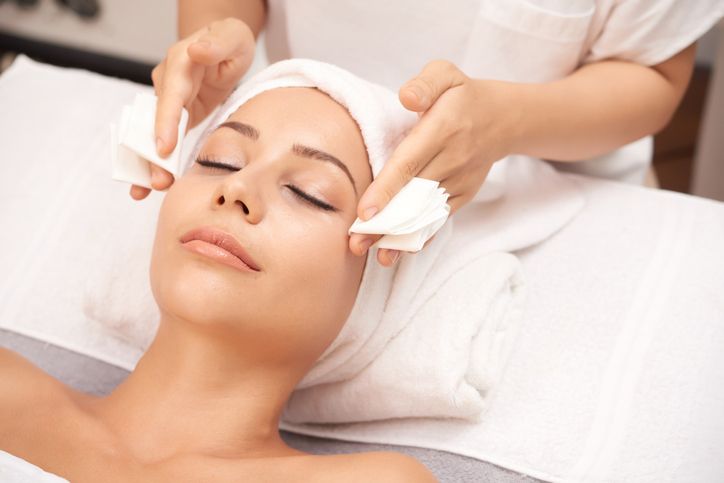
Many factors, including determining the effectiveness of facial acne depends on the intensity of the acne which includes:
· the facial is and the probability of it irritating the skin; · the severity and type of acne; · the person's skin type; · medications and products that the person is using; · whether it is a professional or at-home facial; and · the quality of the ingredients.
Acne facials are usually safe for persons with tiny, nonpainful white or black pimples, but they are dangerous for people with many red and painful sores.
People with moderate, noninflammatory acne may benefit from a light facial once in a while.
People with severe acne should avoid most types of facials, such as inflammatory acne. The vast majority of acne sufferers have inflammatory acne. Although most acne facials induce skin irritation, professional acne facials may deliver more significant outcomes than at-home alternatives.

3
How Do Different Acne Treatments Work?
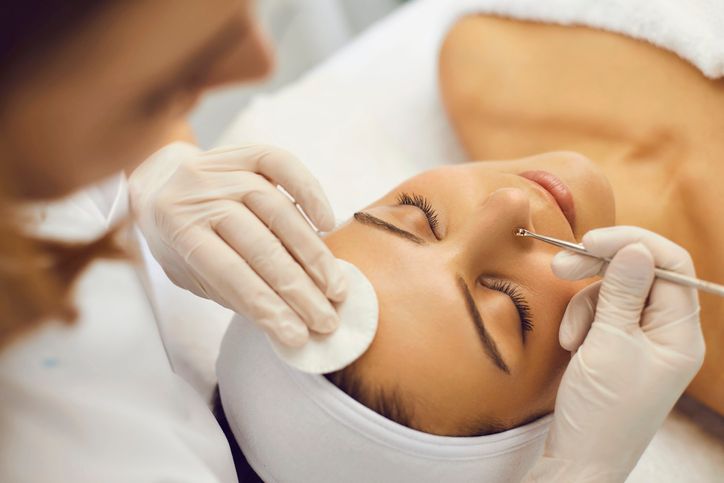
Most acne facials promise to treat acne symptoms by:
· cleaning the skin to eliminate pollutants, debris, and oil; and · unclogging pores by exfoliation (the removal of dead skin cells) for a better skin condition. · lowering skin oil production and inflammation; · minimising irritation; · destroying acne-causing germs; and · boosting skin moisture
Professionals' acne facials may include chemical peels, microdermabrasion, and light treatment. Although there are several at-home versions of these items and gadgets available, their usefulness and safety are unknown.
A skincare specialist can also use manual extraction procedures. Ideally, a dermatologist removes whiteheads, blackheads, cysts, and nodules. Aestheticians may also extract minor acne lesions.
Types Of Facials Typically Used for Acne Removal
Some facials target current acne, while others aim to reduce scars or discolouration. The following are some acne-related face treatments:
Acne Treatment
1. What exactly does this entail? The Acne Treatment at New Beauty Australia uses a revolutionary technology that combines dual spiral suction and drainage technology with a medical-grade hydrating serum which enables this acne removal treatment thorough and effective. The Acne Treatment’s two-way spiral suction and drainage technology profoundly exfoliates and cleanses clogged pores while drawing out excess oil, toxins and dead skin cells present on the skin. The advanced technology used in this acne treatment also stimulates collagen production that repairs the skin’s supportive tissues. Once the dead skin cells are removed and pores are unblocked, a clinical-grade hydrating essence is infused into the skin as it helps to balance the oil-water ratio in the skin, provides vital nutrients for healthy skin, soothes skin redness and also enhances collagen production for a brighter and smoother complexion.
2. What effect does it have on your skin? After the Acne Treatment, the skin will have a more brightened and toned effect due to the eradication of dead skin cells, toxins and sebum. You can also see significant improvements in acne, acne scars, enlarged pores, whiteheads, blackheads and more.
3. What types of acne does it best treat? The Acne Treatment treats all forms of pimples, acne and acne vulgaris.
Classic
1. What exactly does this entail? Several typical procedures. They are heating, exfoliating scrub, massage, and mask application in that sequence. You may also use a toner and moisturiser.
2. What effect does it have on your skin? Typically, your skin will be thoroughly cleansed and exfoliated. This eliminates dead skin cells, leaving the skin appearing moisturised and more even in tone.
3. What types of acne does it best treat? It is possible to remove blackheads or whiteheads.
Decongesting
1. What exactly does this entail? Essentially a traditional facial with an emphasis on unclogging pores. An aesthetician will use their fingers or an extractor tool to eliminate small breakouts.
2. What effect does it have on your skin? Blocked pores will be removed, and the skin will be smoother. However, it does not address the underlying cause of acne, and you may require more than one to achieve meaningful relief.
3. What types of acne does it best treat? Whiteheads and blackheads can both be treated effectively. Deeper lesions, such as cysts and nodules, should not be removed.
Microdermabrasion
1. What exactly does this entail? Microdermabrasion is a non-invasive therapy that exfoliates the top layer of skin with a portable instrument. This treatment takes approximately 30 to 40 minutes, followed by applying a moisturiser.
2. What effect does it have on your skin? After a short series of treatments, your skin should be brighter, smoother, and more even in tone.
3. For what types of acne does it work best? Both blackheads and whiteheads are treatable. Scarring and discolouration may also improve.
LED
1. What exactly does this entail? Before using an LED machine, the skin is washed. This produces a mixture of white, red, and blue infrared light. White penetrates the skin deeply and improves skin tone, red stimulates collagen synthesis, and blue destroys acne germs.
2. What effect does it have on your skin? The medication can treat aggressive acne and function as an anti-inflammatory. It's great for sensitive skin, and the results should be seen after just one treatment.
3. For what types of acne does it work best? This type of light treatment is mainly used to treat mild acne.
Brightening
1. What exactly does this entail? This method employs a combination of chemical peel, masks, and serums containing antioxidants like vitamin C. This method's amount of time on your skin depends on your skin type and condition.
2. What effect does it have on your skin? The products employed are intended to minimise acne-related discolouration. This is accomplished by either decreasing the synthesis of melanin or stimulating the shedding of the top layers of skin. The texture of the skin can also be improved.
3. What types of acne does it best treat? The treatment focuses on dark spots, commonly known as hyperpigmentation.
Enzyme
1. hat exactly does this entail? Enzymes are naturally occurring molecules that promote the regeneration of new skin cells. They are often found in fruits and are used in facial peels.
2. What effect does it have on your skin? The top layer of the skin is made up of dead skin cells that contain keratin protein. The enzymes in the peel degrade this protein, resulting in smoother, more even-coloured skin.
3. What types of acne does it best treat? For depressed scars or discolouration, enzyme facials are ideal. Because enzymes require careful storage to be stable, the results may vary for people with moderate acne and more severe acne issues.
Classic
Acne Treatment
Whiteheads
x
x
Blackheads
x
x
Pustules (Simple)
x
Papules
x
Cysts
x
Nodules
x
Atrophic or other depressed scars
Hypertrophic or keloid scars
Discoloration
x
Decongesting
Microdermabrasion
x
x
x
x
x
x
LED
Brightening
Enzyme
x
x
x
x
x
x

Book Now to Experience
Acne Treatment
1 Minute Self-Registration
Date should not be before minimal date

4
Side Effects and Risks of Facial Acne Treatments
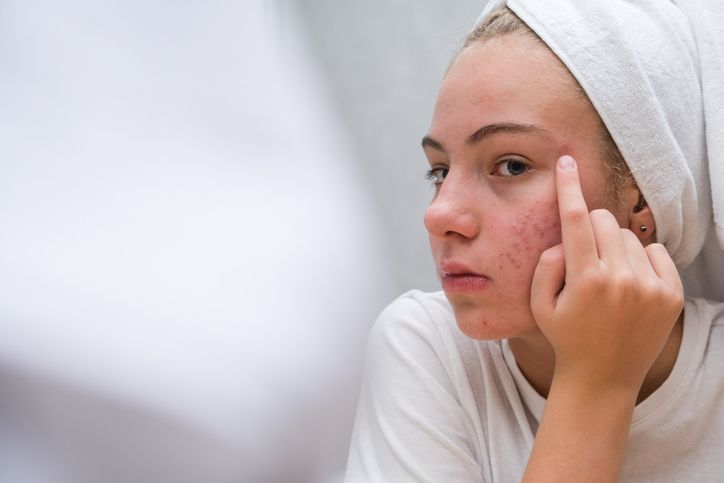
Overly intense treatments can worsen acne. Be aware that robust exfoliation may lead to redness and swelling.
The same goes for excessive extractions. An experienced dermatologist or aesthetician can and should minimise these side effects.
Specific procedures include a few additional dangers. For example, anyone with acne who is interested in LED treatment or microdermabrasion should check with a professional first.
If you are now taking isotretinoin or have taken it within the last six months, you may get scars following microdermabrasion. Bruising, burning, stinging, and sensitivity to sunlight are the typical adverse effects of this therapy.
Fortunately, the Acne Treatment at New Beauty Australia does not leave any permanent injuries, scars, or wounds on the face. This non-surgical alternative to treating acne is safe and comfortable for customers experiencing severe skin and acne issues. This acne treatment also reduces skin redness that may linger after treatment.

5
Aftercare and Maintenance for Facial Acne Treatments
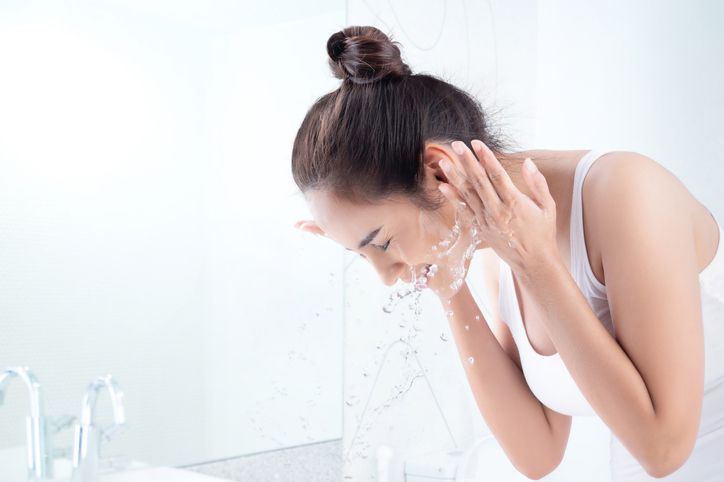
After most facials, you can resume your normal activities although some can result in dry skin formation. Maintaining results at home will necessitate incorporating certain items into your regular skincare routine.
Don't be too pushy in your at-home strategy. Acne may be kept at bay by using a mild cleanser with little to no alcohol. Exfoliation should be done once a week. More complicated procedures, like microdermabrasion, may necessitate the use of sunscreen after that. Once again, the professional will advise you.
If you get another breakout or pus-filled pimples, avoid the urge to squeeze. Instead, schedule another appointment and let the professionals handle it. Depending on the severity of your acne, it's usually best to get an effective treatment every two weeks or once a month.
Illnesses such as acne vulgaris may need to be treated with medicated creams, over-the-counter treatments and prescription drugs.
But, if you are finding a treatment with no recovery time, the Acne Treatment at New Beauty Australia poses the best treatment option for you as it does not cause harm to the surrounding skin tissues after treatment. But there is a couple of precautions that need to be taken after treatment.
While cleansing your face on a regular basis, you must remember to use simple products with gentle ingredients that do not cause harm or irritation to the skin that includes benzoyl peroxide, salicylic acid and glycolic acid. You must also avoid using whitening creams on the face for 2 weeks after treatment and do not undergo any skin care treatments as it may cause skin damage.
Read More

6
What Results Can be Expected?

Book an appointment with a doctor or dermatologist before proceeding with other treatments. They can advise you on the best treatment plan and which facials to avoid.
These therapies are intended to reduce acne outbreaks or enhance the condition's long-term consequences. Some facial treatments may need more than one session to get results.
Although some of the facials may be performed at home, the outcomes may not be as good as a professional. Despite your hectic and packed schedule, you will be able to enjoy the Acne Treatment at New Beauty Australia as it only takes 20 to 30 minutes per session. Learn more about the benefits of the Acne Treatment that helps you to glow and glam up your face and confidence but if you want to find out more about treating acne scarring, you will be more suitable for our Acne Scarring Treatment at New Beauty Australia!
FAQ
What is the cause of acne?
Acne comes due to a variety of reasons such as hormonal acne, genetics, food consumption, and lack of sleep. People also tend to develop acne or worsen acne can be induced by stress, smoking and other unhealthy lifestyle choices.
Do all acne facial treatments treat different types of acne and acne scars?
Not all acne treatments and acne medication treat different forms of acne and acne scars. But the Acne Treatment at New Beauty Australia does treat all forms of acne as it uses two-way spiral suction and drainage technology combined with hydrating essence that deeply cleanses and exfoliates the skin with induced collagen production. The Acne Treatment also removes excess oil secretion along with dead skin cells and toxins.
Who is suited for the Acne Treatment?
Individuals with mild to severe acne issues are welcome to undergo this treatment. The Acne Treatment is also suited for most skin tones and skin types as it is non-irritating.
How many sessions will I need to see the results?
Our in-house wellness professionals recommend 5-10 sessions of the Acne Treatment to see reduce acne, pimples and more for moderate to severe forms of acne. Additional sessions can be consulted with our consultants.
Is the Acne Treatment painful when removing dead skin cells?
The Acne Treatment is a non-invasive acne removal treatment that does not cause harm or any form of pain, skin redness or inflammation during and after treatment.

Book Now to Experience
Acne Treatment
1 Minute Self-Registration
Date should not be before minimal date
Recommended Articles
COPYRIGHT© NEW BEAUTY MANAGEMENT LIMITED 2025. ALL RIGHT RESERVED.

